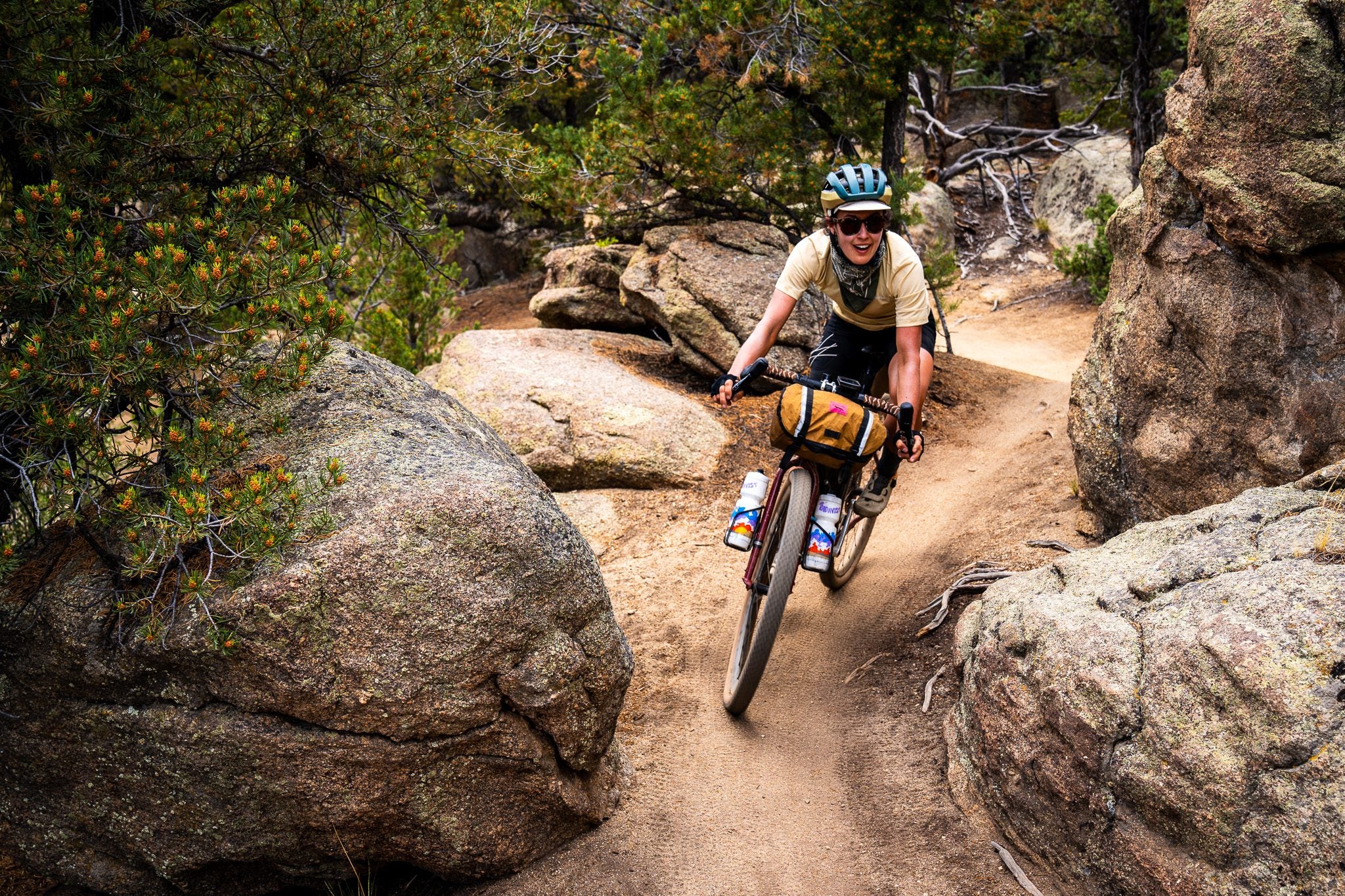
On Design, the history or Sklar and some thoughts on the SuperSomething
Hailey Moore over at The Radavist reviewed a SuperSomething a few weeks ago and as part of her review I answered some questions for her write up. If you haven't read that yet I would highly recommend it. In addition to talking about the bike, Hailey also went into the history of Sklar maybe more than anyone has before and it was fun to see. You can check out her SuperSomething review and article here.
Not all of these answers got used, but I thought they were fun, so here they are for you to enjoy.
Cheers,
Adam
Adam
•Who are a few non-bike related designers that you've been inspired by?
In the non-bike world I've been on a bit of a furniture kick and really inspired by the bauhaus designers who were often trained in many disciplines and blurred the lines between art, architecture, sculpture and design. I like to think the things I design and make do that as well. Not to mention they just made cool stuff. There are a lot of incredible contemporary designers that are fun to follow too. My friend Jonah Takagi is a big inspiration, I really like his approach to design and have learned a lot chatting with him. I just found this designer Sarah Burns whose work I am really into. And then it's also fun to see people like Ellen Van Dusen who seem to have found a way to make their design work commercially viable in a way similar to myself. So much good inspiration out there these days.
•What are a few values/principles that have guided the growth of Sklar Bikes?
We talked a bit about my extremely short lived bike racing career. When I was entering the bike world, it felt like being a fast bike racer was the only way to earn respect. Either that or working in a bike shop for a decade or more. I did neither of those things and I felt self-conscious about that for a long time. In the last few years though I have realized that being just a regular person who likes to ride bikes is what makes the Sklar brand so special. Almost everyone who rides a bike is not a bike racer. They are just trying to go out there and have a nice time and push themselves sometimes and have fun with their friends. I am able to genuinely come at bike design and branding from that angle and I think it sets me apart from all the other brands that came up through racing or have too many preconceived ideas from being in the industry for a long time. We just like to make nice things for people to have fun.
•Any bikes that you feel are timeless and/or have provided inspiration for any of your bikes, Super Something or otherwise?
It feels cheesy to say, but they really all did lead up to this. Throughout the years though I would do small runs of my "team CX bikes" starting with these ones in 2016, and that is sort of where the idea of a stock bike started to form.
•Were there any hard rules or limitations you put in place—max tire clearance, HTA/STA?— when designing the Super Something that might have informed how the rest of the geometry came together?
I tend to start a design from an ideal scenario and then see what I can get away with from there. For the Super Something that ideal scenario was 700x42c tires, drop bars, 70mm stem and 10ish mm of bar drop from the middle-of-the-size saddle height. Running big tires on a bike like this is super fun, so I wanted to give folks the opportunity to try that out. I always find myself coming back to 42's though, which is why I made that the base setting. I learned a lot about bike geometry when I was building super progressive mountain bikes a few years back so these frames take some notes from that while maintaining the fit and feel of a comfy road bike. I wanted a trail in the high 60's or low 70's and using a higher offset fork allowed me to get away with a bit longer front center (more stable handling, intuitive body steering) and design around a "shorter" stem. We didn't go super steep on the seat tube angle, the most over-hyped dimension on a bike. I've been liking shorter cranks and a 0mm setback post on mine, but folks who want more setback can run a setback post and longer cranks if needed. You've also got an effective 2 degrees or so of adjustment in your saddle rails.
The fun thing about designing a bike frame is that you can not change one dimension without it affecting the entire system. You go with a little steeper head tube angle, but maybe add some stability by lowering the BB height, and now you have to adjust the head tube length to make the stack right, now make the seat tube steeper because the reach just got longer. It's a fun game of searching for balance and it takes a pretty intimate knowledge of what each element does to end up with a really balanced frame. I feel like that is the knowledge I gained designing and building those hundreds of custom frames and it's nice to hear feedback from people enjoying it on these production bikes.
•Why did you decide to design the Super Something around a shorter stem? Do you think this design choice allows the SS to more easily accommodate a flat-bar build?
This is a lesson from MTB design that I put into all my bikes really. One way to think about steering is two levers, one lever is the trail - the difference between the projected head tube angle and the tire's contact point with the ground as determined by fork offset and head tube angle. The other lever is the stem, or if you want to get down to it, the "steering axis" or the distance between the head tube centerline and the rider's hands. Two nice imaginary lines. Then we pair those two numbers with the front center, the distance from the BB center to the front axle, or as I like to think of it the front wheel's location in space. Front center tells us more than anything how a bike will handle. Longer front center makes for a more stable bike that can easily absorb rough terrain, shorter front center can feel quick and snappy and oftentimes less stable. When we pair a longer front center with a medium trail and short stem we get the advantage of stable, intuitive handling and because the trail number has less to push back on with a shorter stem, we avoid wheel flop and twitchy handling. So really these bikes are designed around a longer front-center and the shorter stem is just a result. It makes for a really nice riding bike that I think a lot of people love.
